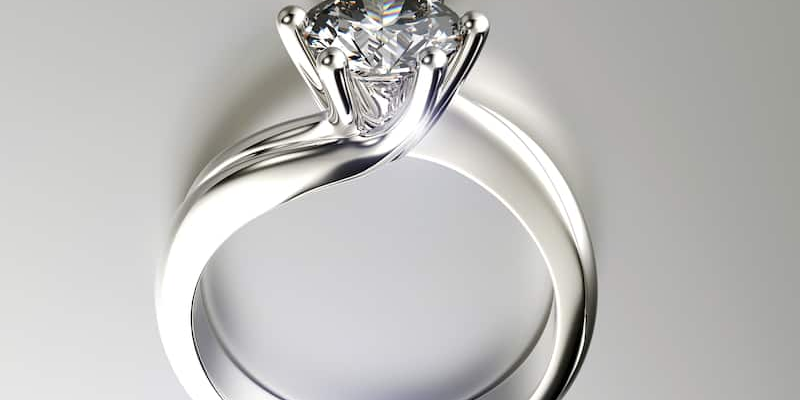Are you in the market for precious metals? If so, you have several options, including gold, silver, and bronze. There is also platinum, which is available in forms like bullion, bars, and coins. Platinum is actually denser than gold, so jewellery usually has a high price tag. When picking such precious metals, it is critical to know some key characteristics, which include the following:
Non-Oxidizing
Oxygen is required for life since humans cannot survive without it. Meanwhile, oxidation can cause corrosion in metals, which reduces the functional and monetary value. Since platinum does not oxidize, this makes it a practical option for various applications.
A related issue is that metal is also very tarnish-resistant. This provides a major benefit for products like jewellery since metals that tarnish easily will quickly lose their lustre. That is a feature you will want to avoid when purchasing items like earrings,MISS UNIVERSE EARCUFF, rings, and necklaces.
Durable/Soft
The precious metal is very sturdy and durable. This includes being resistant to corrosion and tarnishing. That is why it is known in the industry as one of the “noble” metals.
On the other hand, the metal is also quite soft and flexible, so it is easy to work with. It is easy to use the metal for making products like wires. This is done by stretching out the metal so it has a thin structure.
Newly Discovered
Spanish explorers are often credited with first discovering this metal during the 1500s, which they named “platino” (littler silver). They reportedly dumped all of the precious metal discovered in Ecuador into the sea.
This was due to forgers using the metal to make gold-like coins. Spain and England both experienced this problem with the metal they believed to be unripe gold.
Another theory is that an Italian doctor first mentioned the precious metal in 1557 when he referred to the metal in writing. He claimed that “platinum” was a metal that did not melt.
France’s King Louis XV later declared in the 1700s that it was the only metal that was valuable enough for royalty. It has also been known as “white gold.”
Then British scientist Charles Wood introduced it as a new metal. He also mentioned various features and uses.
Today, the metal is considered a symbol of quality and luxury. In fact, it is pricier than gold. The metal is also used in industry for various purposes due to the high value.
Many Applications
While “little platima” is a natural metal, humans use it for a wide range of applications, including:
- Jewellery
- Medications
- Magnets
- Electrical contacts
The precious metal is quite rare and only about five parts per billion by weight within Earth’s crust, according to Live Science.
This feature helps explain why the silver-white metal is so expensive and rarer than many other precious metals like gold and silver.
Very Dense
This metal is also very dense and 21 times denser than water. This boosts the durability and makes it a practical option for various applications.
Transition Metal
These metals also include most of the periodic table’s middle elements like gold, silver, and copper. Due to the metals’ atomic structure, they can easily connect with other elements. In ancient times people in the Americas and Egypt mixed platinum with gold to make decorative pieces.
Today platinum is considered to be one of the most popular precious metals on the market. It is soft, durable, and non-corrosive, making it practical for jewellery, magnets, and electricity. It turns out the “little silver” has tremendous value.


